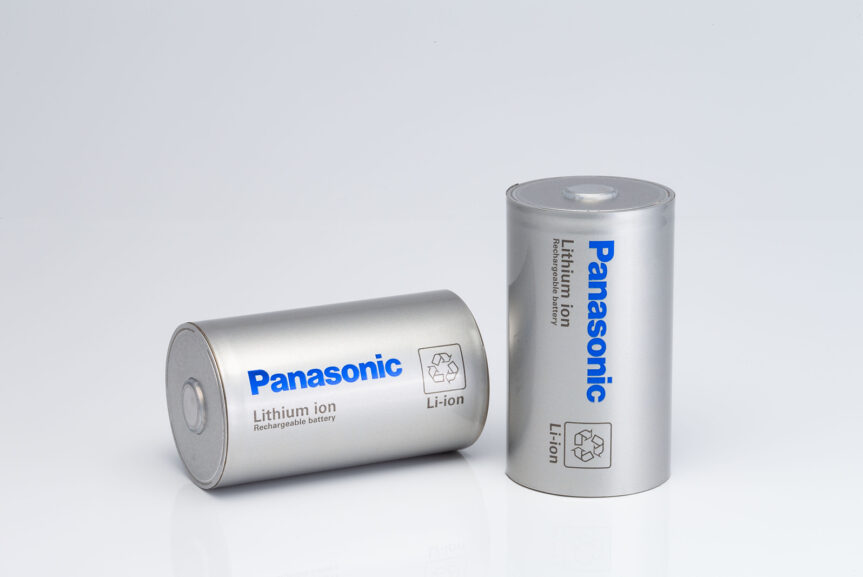Repurposing lithium-ion batteries from electric vehicles (EVs) into energy storage systems can help meet the world’s power needs as early as 2030, research by Greenpeace East Asia shows.
The organisation is calling for manufacturers to track the sale and re-collection of all their batteries, and introduce life cycle as a core performance metric for product design, emphasising standardisation and recyclability.
Likewise, Greenpeace East Asia says that as China’s state policies expand EV deployment, energy storage, and new infrastructure, policymakers need to enable repurposing of energy storage components.
The research acknowledged the surge in EV sales in Asia and the potential lithium and cobalt supply risks posing industry-wide supply concern.
Greenpeace East Asia suggests that by 2025 backup power systems for all of China’s 5G telecom stations could be supplied by repurposed batteries, with shared e-bikes another alternative use for second-life batteries.
Ada Kong, Greenpeace East Asia senior program manager, said: “We’re about to see a tidal wave of old EV batteries hit China.
“What we do with this wave of old batteries is actually a billion dollar, billion-ton-of-carbon dioxide question.
“Repurposing is central to manufacturers’ responsibility to mitigate their carbon emissions.
“To make EVs a sustainable solution, battery manufacturers and automotive companies have a social responsibility to support circular economies. And governments have a responsibility to mandate recycling and repurposing systems for EV batteries.”
GPEA calculates that 12.85 million tons of EV lithium-ion batteries will go offline up to 2030, while at the same time, 10.35 million tons of lithium, cobalt, nickel, and manganese will be mined for new batteries.
The research highlights the risk of price and supply instability to China, Japan, and South Korea, where around 85% of the world’s EV batteries are made using imported raw materials— with CATL, Panasonic, BYD, LG Chem, Guoxuan Hi-Tech, and Samsung SDI accounting for almost three quarters of global supply.
GPEA calculation showed repurposing batteries can save 63.34 million tons of carbon emissions from new battery manufacturing.












